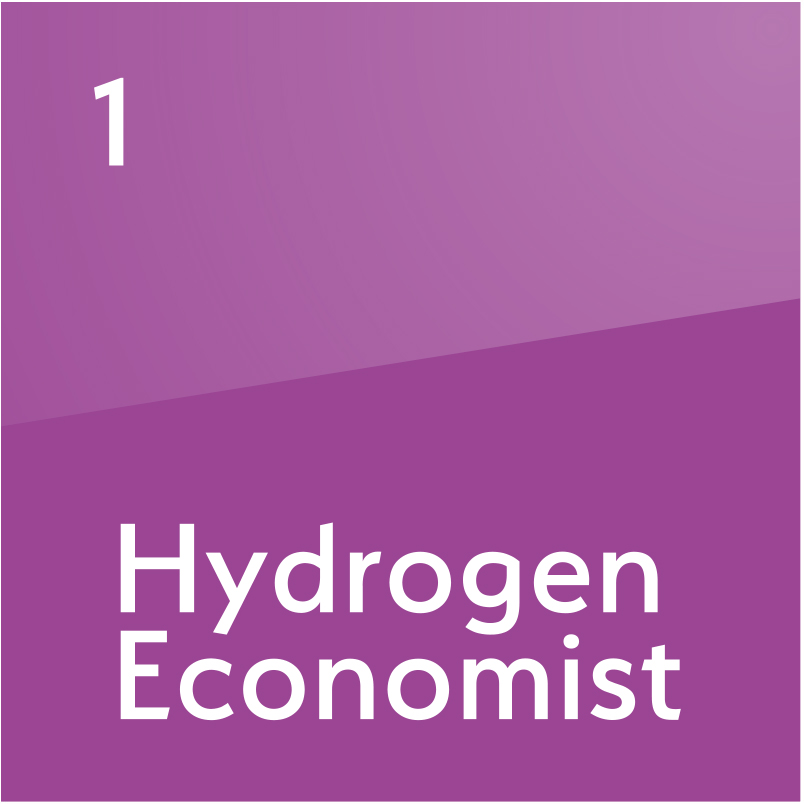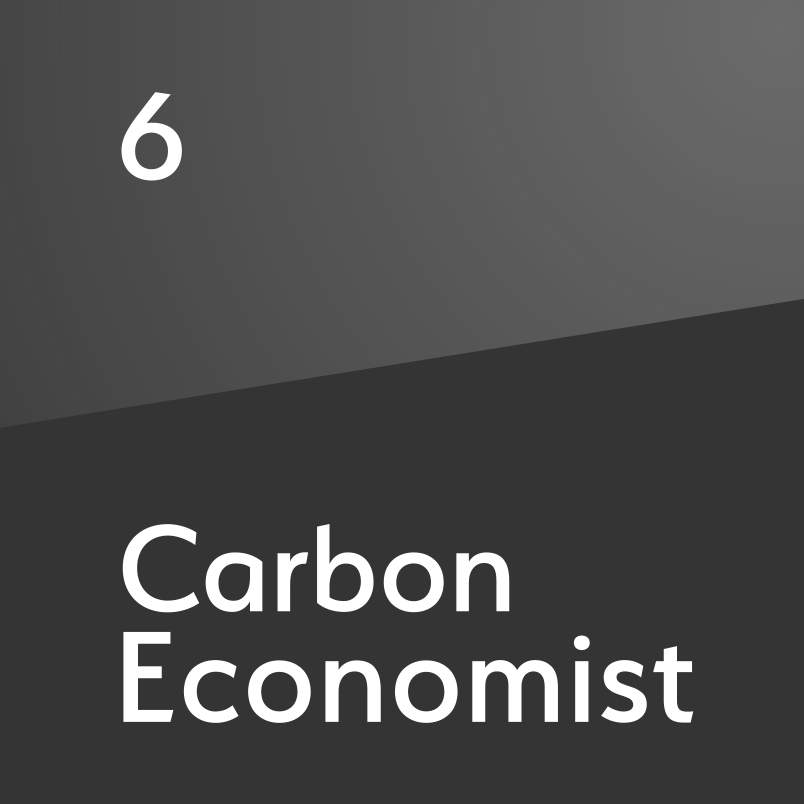Venezuela's unprecedented supply collapse
Production is likely to flirt with 1m barrels a day as the country's problems mount
When Opec's Gulf powers, led by Saudi Arabia, decided to keep the taps open in November 2014, flooding an already oversupplied market with crude, their target was America's shale producers. In pushing prices down, Saudi Arabia hoped to sap momentum from the booming tight oil industry and impose discipline on what they saw as profligate drillers. Shale bowed but it didn't break, and has since roared back to new highs. Venezuela's oil industry hasn't been so resilient, to say the least. That 2014 decision was a fateful one for Caracas and helped break the back of Venezuela's energy sector. Caracas was in a precarious financial position already, but at the time there was growing optimism among

Also in this section
2 May 2024
Faster-than-expected economic growth fails to mask macro imbalances and shifting structural oil product trends
1 May 2024
Energean CEO Mathios Rigas looks to results of critical Anchois appraisal well
30 April 2024
While its regional neighbours reap the rewards of oil and gas success, Iraq’s hydrocarbons sector is lagging behind
29 April 2024
Although recent, firmer gas prices have blunted some price-sensitive demand, the overall growth outlook remains robust







